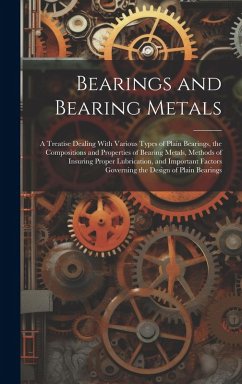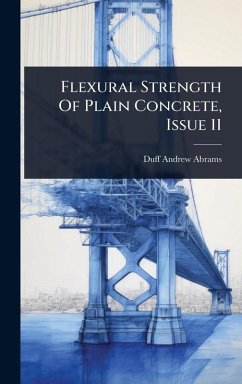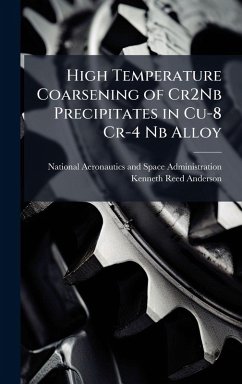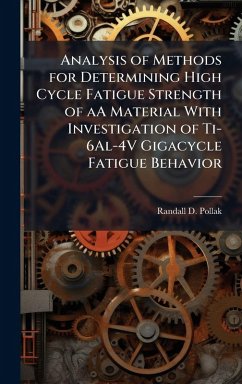
Investigation Into Fretting Fatigue Under Cyclic Contact Load and Inconjunction With Plain Fatigue of Titanium Alloy
Versandkostenfrei!
Versandfertig in über 4 Wochen
30,99 €
inkl. MwSt.
Weitere Ausgaben:

PAYBACK Punkte
15 °P sammeln!
Fretting fatigue is the surface damage that occurs at the interface between two components that are under going a small amplitude oscillatory movements. Itresults in a reduction of the material life comparing to the plain fatigue. Most of the previous works were accomplished under a constant applied contact load anda little effort has been done under a variable contact load, while none of these studies have taken the phase difference between the axial and the contact load. Theprimary goal of this study is to investigate the effect of phase difference between axial and contact loads on fretting...
Fretting fatigue is the surface damage that occurs at the interface between two components that are under going a small amplitude oscillatory movements. Itresults in a reduction of the material life comparing to the plain fatigue. Most of the previous works were accomplished under a constant applied contact load anda little effort has been done under a variable contact load, while none of these studies have taken the phase difference between the axial and the contact load. Theprimary goal of this study is to investigate the effect of phase difference between axial and contact loads on fretting fatigue behavior of Ti-6Al-4V alloy and todetermine the behavior of this material under combination of fretting fatigue and plain fatigue. The frequency of both axial and contact loads was the same .i.e.10 Hz. During the variable contact load condition; only the axial stress range and the phase angle were varying. This work has been selected by scholars as being culturally important, and is part of the knowledge base of civilization as we know it. This work was reproduced from the original artifact, and remains as true to the original work as possible. Therefore, you will see the original copyright references, library stamps (as most of these works have been housed in our most important libraries around the world), and other notations in the work. This work is in the public domain in the United States of America, and possibly other nations. Within the United States, you may freely copy and distribute this work, as no entity (individual or corporate) has a copyright on the body of the work. As a reproduction of a historical artifact, this work may contain missing or blurred pages, poor pictures, errant marks, etc. Scholars believe, and we concur, that this work is important enough to be preserved, reproduced, and made generally available to the public. We appreciate your support of the preservation process, and thank you for being an important part of keeping this knowledge alive and relevant.












